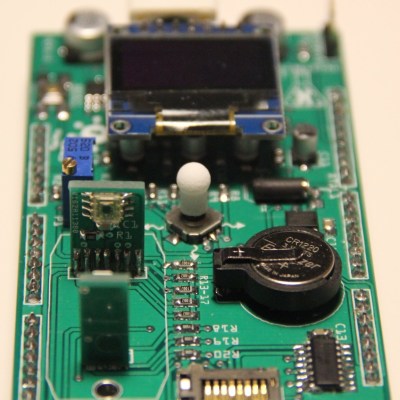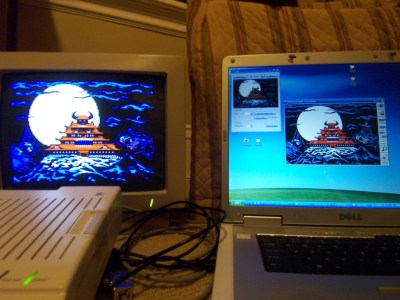Laying hands on the supplies for most hacks we cover is getting easier by the day. A few pecks at the keyboard and half a dozen boards or chips are on an ePacket from China to your doorstep for next to nothing. But if hacking life is what you’re into, you’ll spend a lot of time and money gathering the necessary instrumentation. Unless you roll your own mini genetic engineering lab from scratch, that is.
 Taking the form of an Arduino mega-shield that supports a pH meter, a spectrophotometer, and a PID-controlled hot plate, [M. Bindhammer]’s design has a nice cross-section of the instruments needed to start biohacking in your basement. Since the shield piggybacks on an Arduino, all the data can be logged, and decisions can be made based on the data as it is collected. One example is changing the temperature of the hot plate when a certain pH is reached. Not having to babysit your experiments could be a huge boon to the basement biohacker.
Taking the form of an Arduino mega-shield that supports a pH meter, a spectrophotometer, and a PID-controlled hot plate, [M. Bindhammer]’s design has a nice cross-section of the instruments needed to start biohacking in your basement. Since the shield piggybacks on an Arduino, all the data can be logged, and decisions can be made based on the data as it is collected. One example is changing the temperature of the hot plate when a certain pH is reached. Not having to babysit your experiments could be a huge boon to the basement biohacker.
Biohacking is poised to be the next big thing in the hacking movement, and [M. Bindhammer]’s design is far from the only player in the space. From incubators to peristaltic pumps to complete labs in a box, the tools to tweak life are starting to reach critical mass. We can’t wait to see where these tools lead.
























